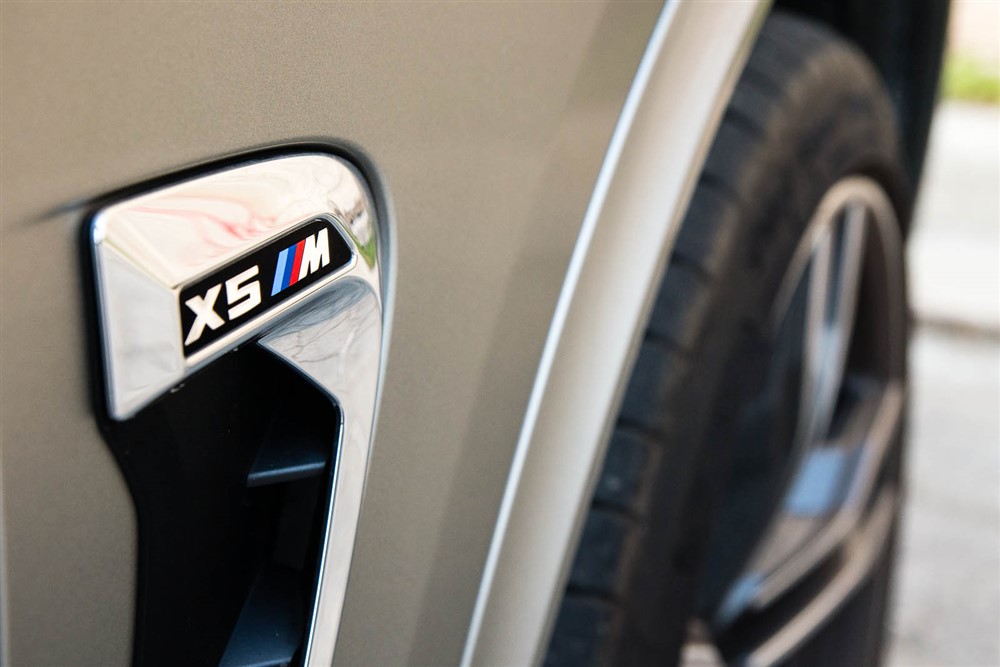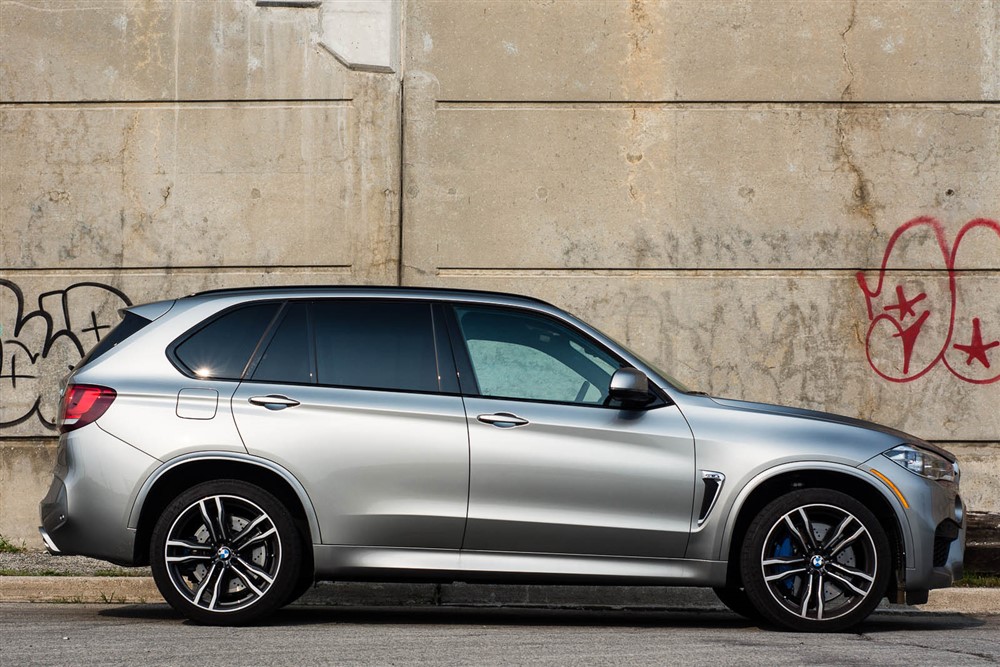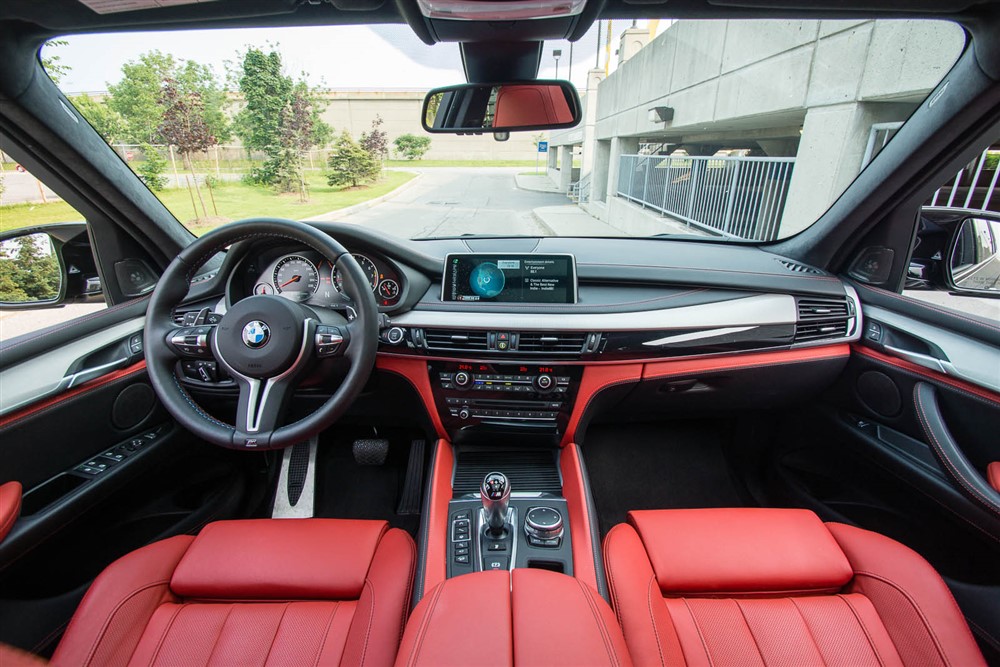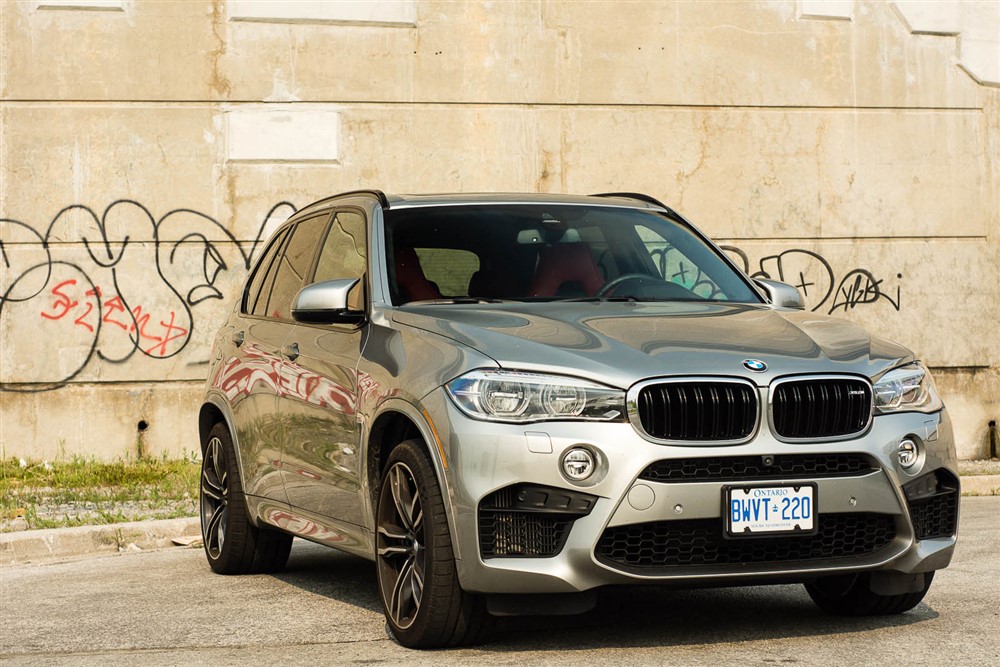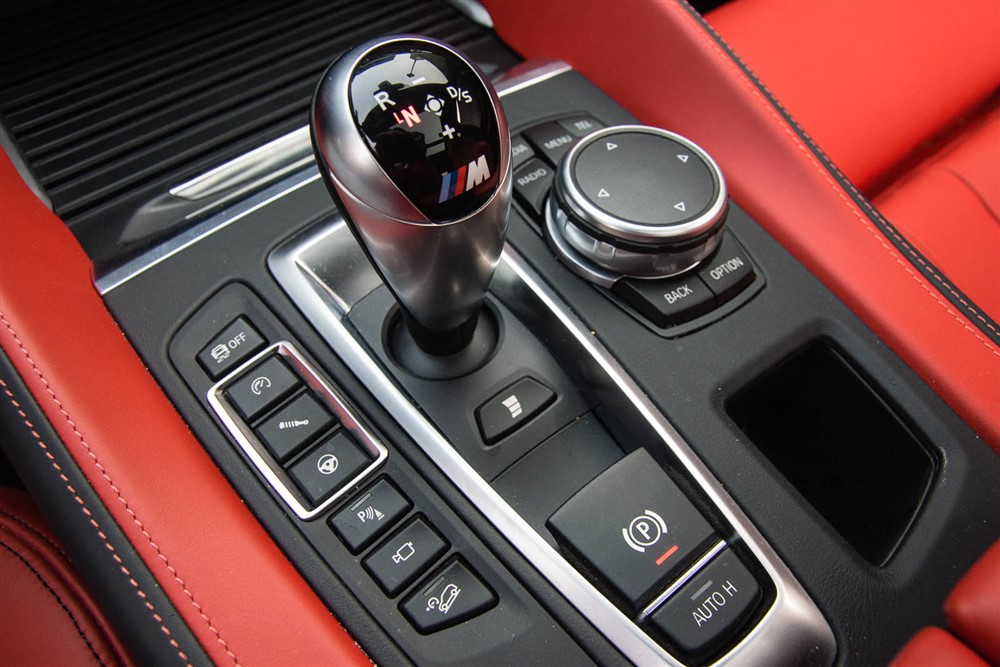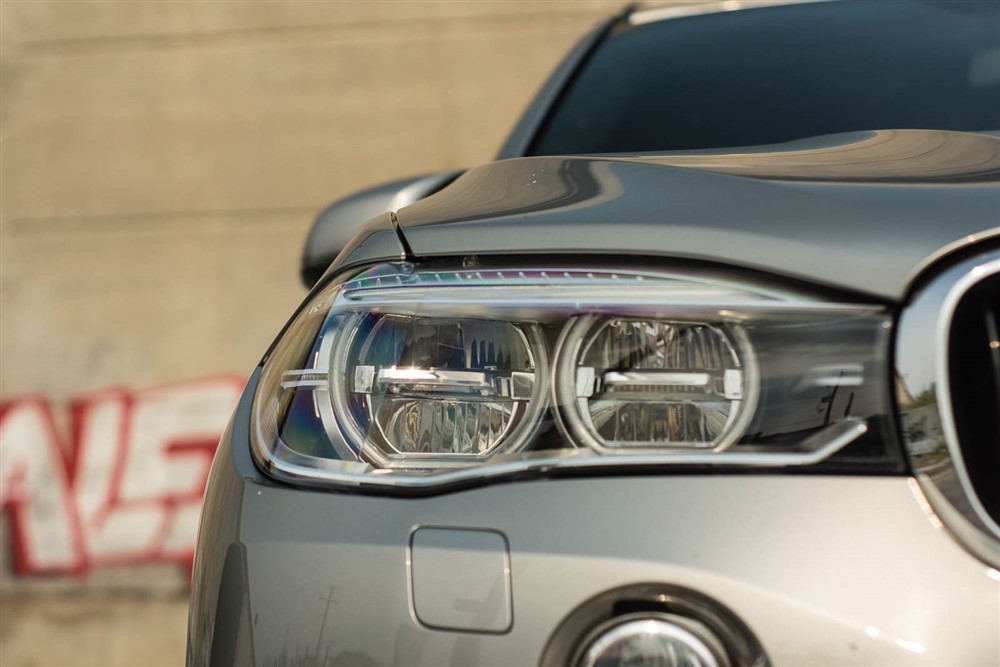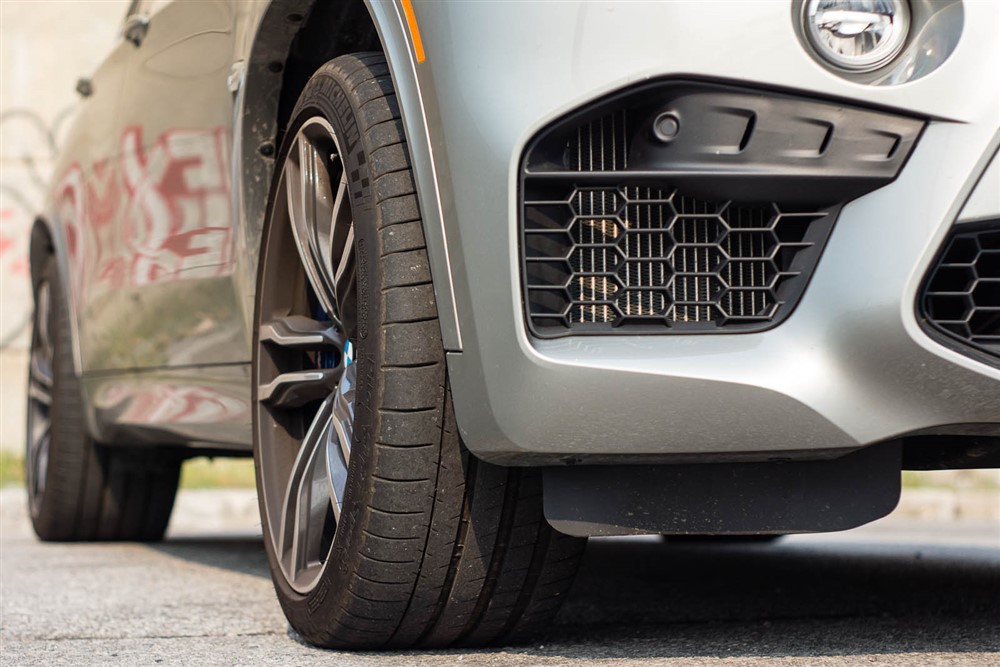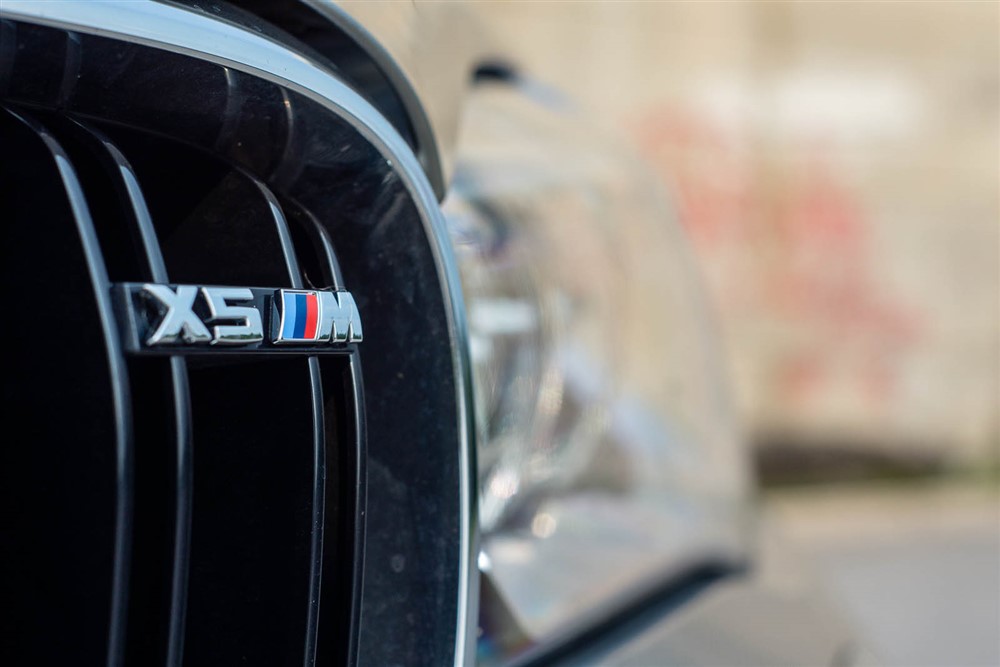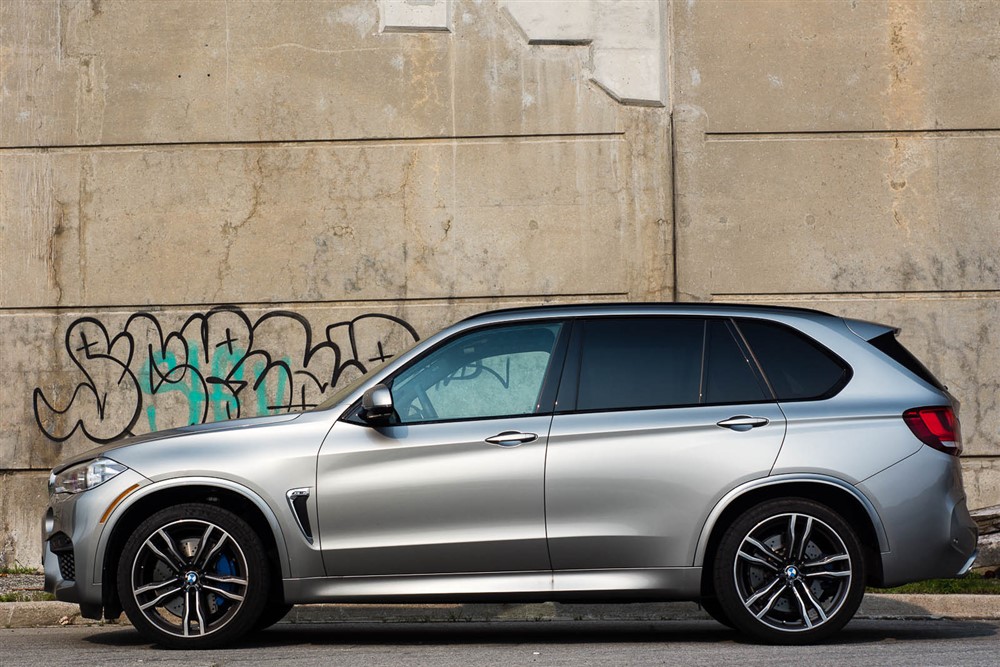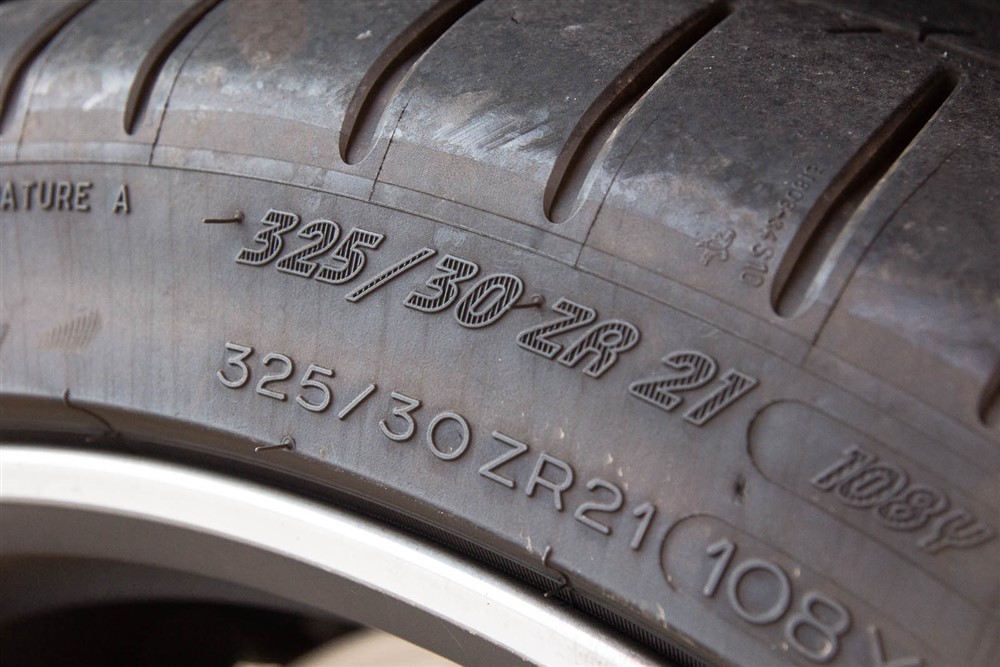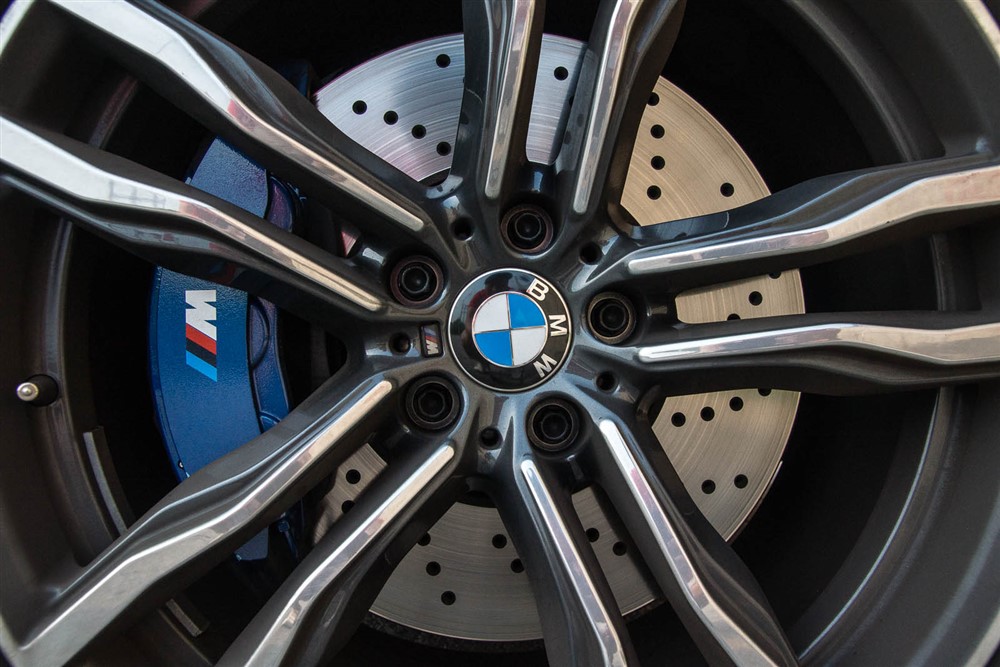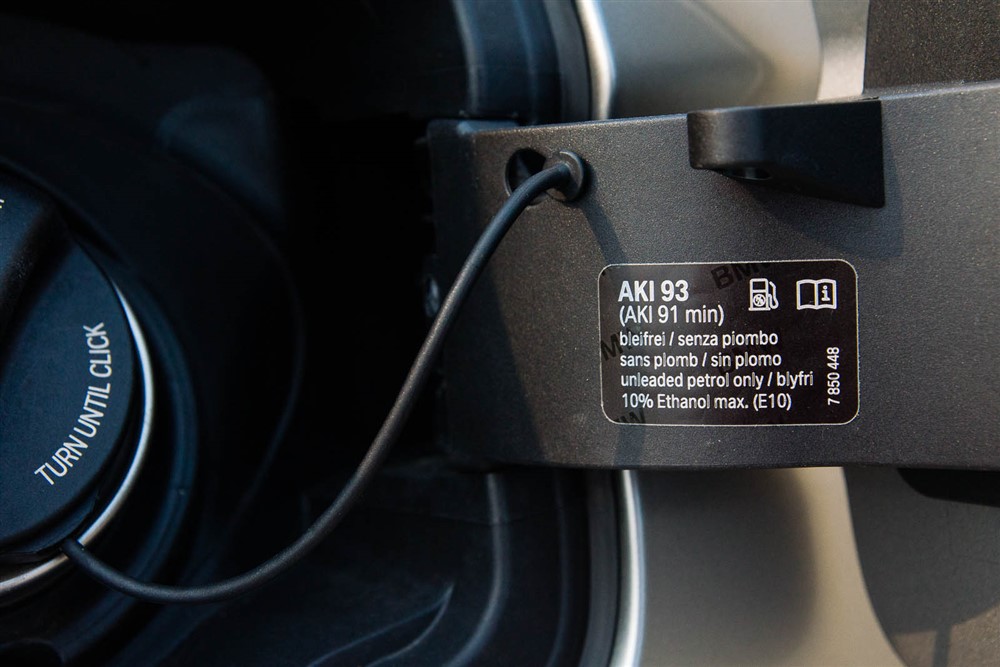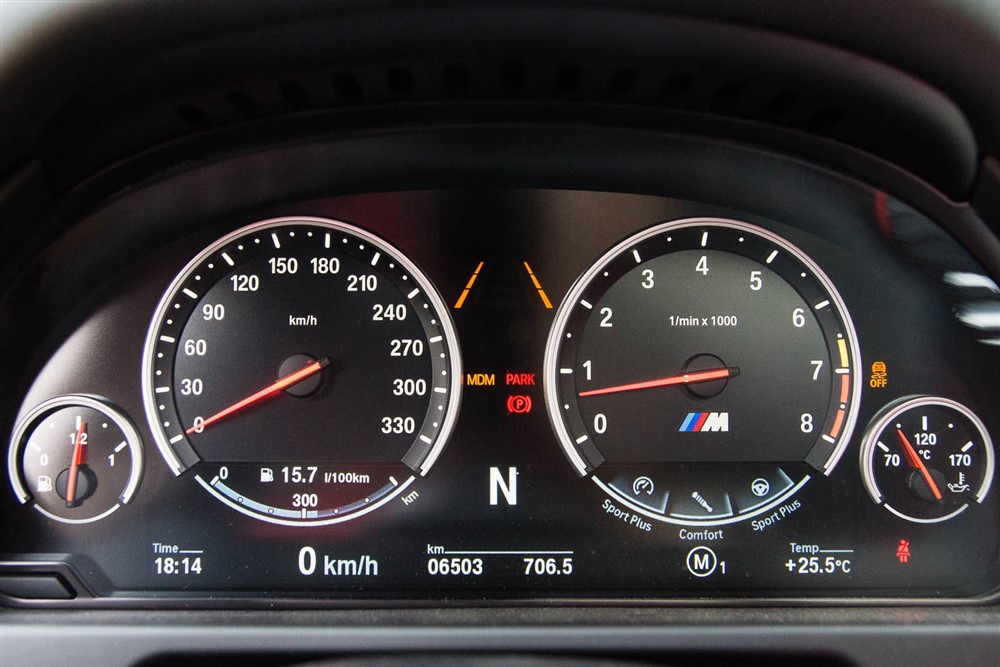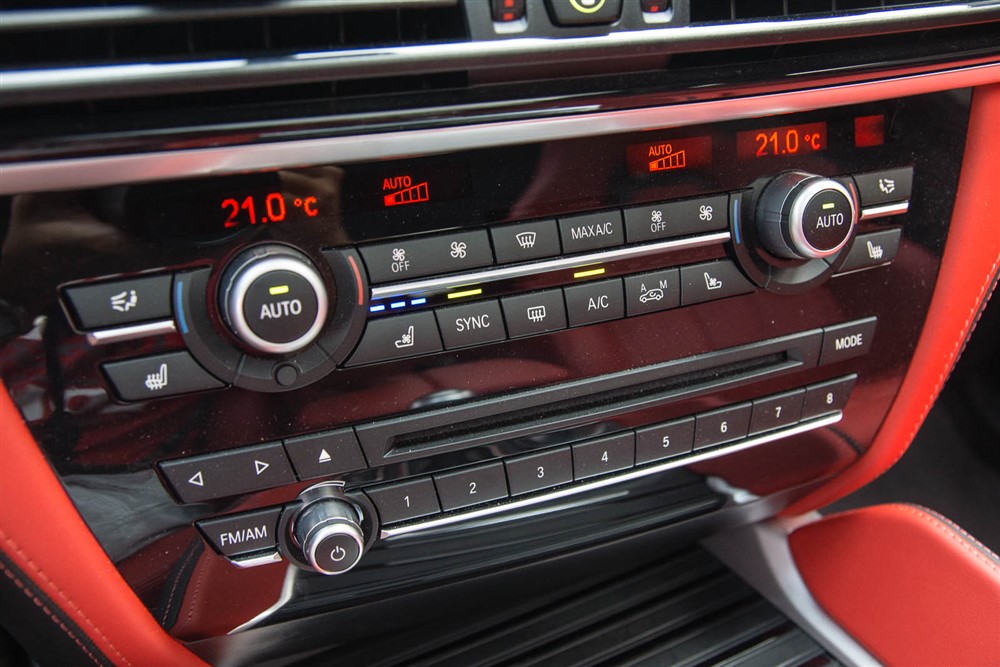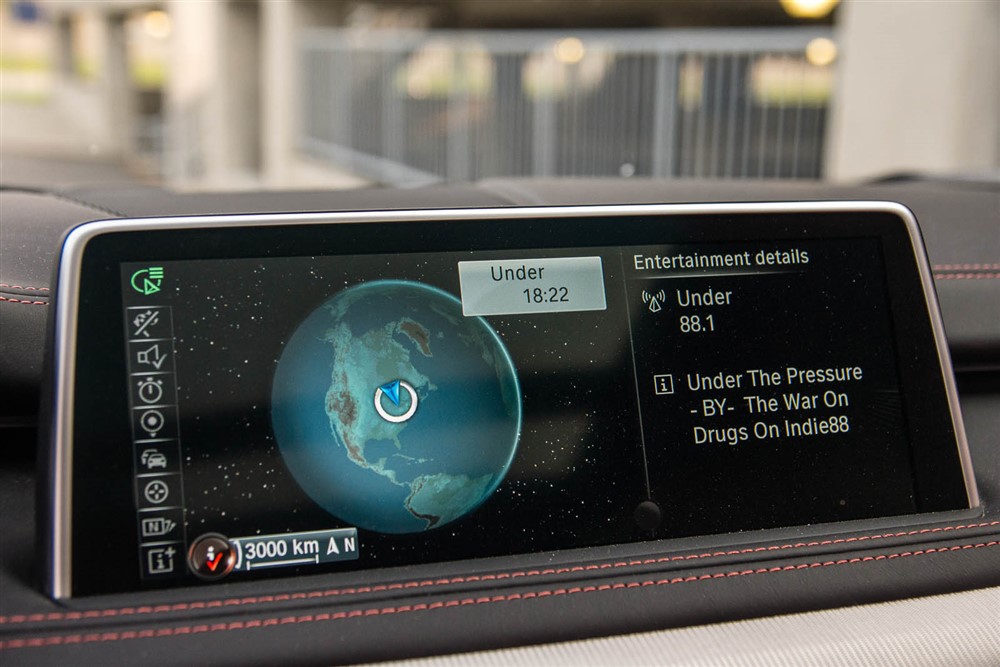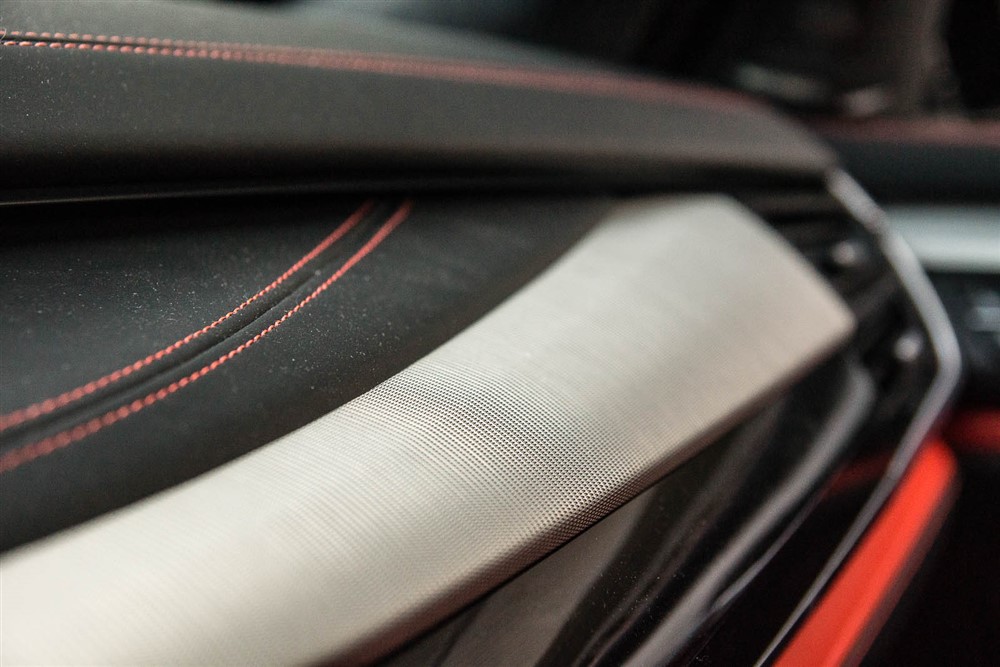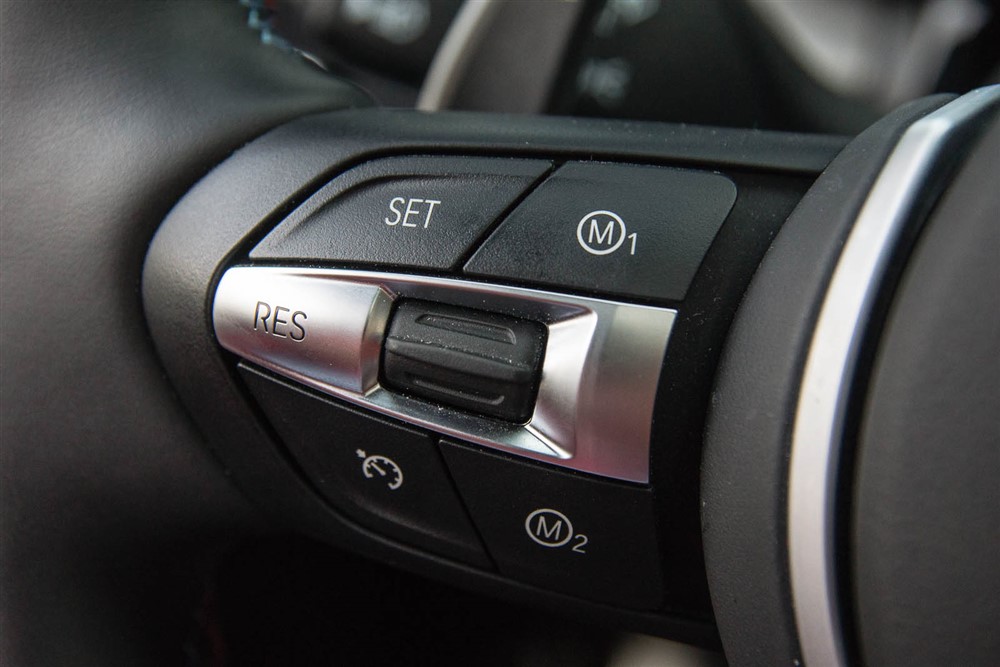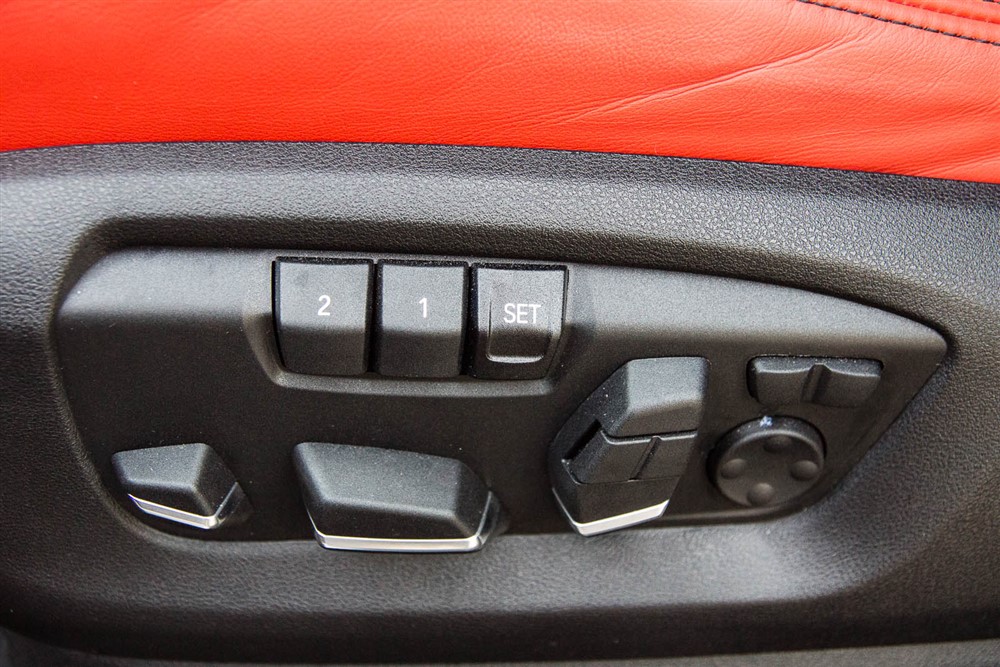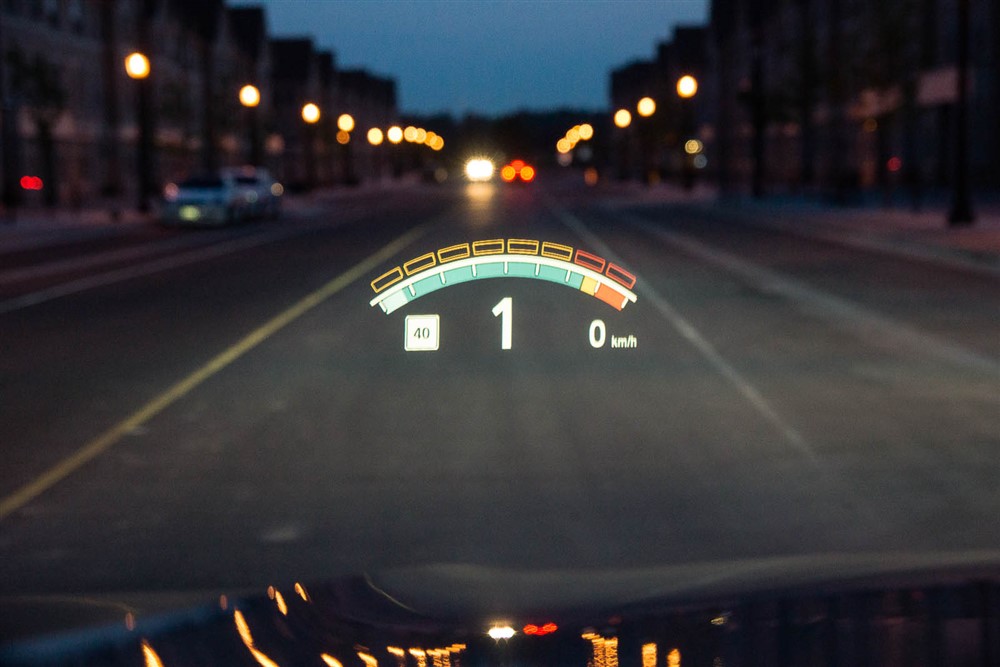There are many schools of thought that claim to understand the madness that goes on at BMW these days. Some claim that they’re at the top of their game with a comprehensive model lineup and strong sales year after year to back these claims up. Others (likely also the more vocal minority) claim that BMW has spread their vast engineering resources too thin and have diluted the real essence of what they used to stand for, some time ago.
They still produce cars that pay homage to this legacy, like the newest M235i, and in some respects, the new M3 and M4. BMW isn’t immune to the feature creep of today, and as such, nearly all of their cars have grown, sometimes to the detriment of the purist (even more so than the enthusiast). I’m sure a lot of people became concerned (if not alarmed, see what happened around the Porsche Cayenne) when it was announced that their hot-selling X-series of crossover SUVs would be getting the legitimate “M” treatment. This letter is generally reserved for the most hard-core track weapons in the lineup, so how good of a product can the BMW X5 M be? I’m not a huge SUV kind of guy, but wanted to see what BMW’s engineers could do with one of the larger models in the lineup.
The BMW X5 is BMW’s American-made mid-sized entry into the hot unibody crossover segment. BMW would actually have you call it the X5 a “Sports Activity Vehicle”, in an effort to emphasize its more “road-going” attributes. Styling on the current X5, all-new for 2014, hasn’t changed too much from generation to generation, from when it was introduced back in 2000. BMW’s trademark Hofmeister Kink in the window line makes a return, and the headlight modules blend into the kidney grilles a little more. Overall size hasn’t changed very much, with incremental increases in length, width and height, all contributing to marginal increases in interior volume.
The “M” part of the X5 M nameplate makes some significant changes to the more pedestrian X5. To start, the front bumper air intakes are significantly larger to feed cool air to the ten (yes, ten!) radiators. This includes things like the intercoolers for the turbochargers, radiators for various engine coolant, transmission, and oil reservoirs. Nearly every opening in the front of the X5 M leads to some sort of thermal management hardware. Even the usually-decorative side fender vents help remove hot air from the brakes. The X5 M rides on “light-alloy” 21-inch wheels with 285-section front tires and 325-section Michelin Pilot Super Sport summer tires. I wasn’t aware Michelin even made these tires so big. Out back, four large exhaust tips poke out from under the rear M-specific rear diffuser. From a distance, casual observers may not pick up on the M cues right away – it takes a slightly trained eye and a slight enthusiasm for BMW’s current products to see that this is a serious truck.
Inside, you’re treated to BMW’s latest corporate interior. Some have criticized it for being a little too plain, but I like this M-specific implementation, with its red leather and aluminum accents. The objective here is the “perfect” blend between the practicality of BMW X-series products, with the sportiness of their “M” products. The “M Multifunction” seats, part of the Premium Package, are fantastic and are almost too adjustable, if that’s even possible. The thigh extension is powered, and even the upper part of the seatback can be configured independently of the lower section. Lastly, the bolsters are inflatable and can be made larger for better road holding. Thankfully, there are memory settings available for both the driver and passenger. Rear seat accommodations are generous with lots of headroom, and the rear cargo section is usefully sized, unlike that of the X4 and X6.
So far, it wouldn’t be unreasonable to believe that the X5 M does a relatively decent job flying under the radar, with some subtle upgrades that help differentiate it from lesser X5s. The headline story behind the X5 M is the big power under the hood. Borrowing its twin-turbo, direct-injected 4.4L V8 from the M5 sedan, 567hp is one of the few numbers you need to keep in your head. This figure is reached from 6000-6500rpm. Part of the reason how BMW can extract so much horsepower from a 4.4L V8 is the fact that the turbos reside inside the valley of the V8, as opposed to outside on most typical turbocharged V6 or V8 engines. Putting the turbos there allows for quicker spool-up (less turbo lag) and better thermal control. The other big number you need to know is the torque figure: 553lb-ft of torque from 2200-5000rpm. This big power moves all 2300kg of mass in an astonishing manner. 0-100km/h is reached in an estimated 4.2 seconds – faster than a lot of smaller sports cars can manage.
The force-fed V8 technically produces more horsepower than in the M5, but the big difference in the X5 M is that it is paired up to a more traditional 8-Speed Steptronic transmission, sourced from ZF. The M5 gets a 7-speed dual-clutch transmission instead, for the ultimate in performance. The transmission in the X5 M can be configured by selecting one of three Drivelogic modes, from smooth and comfortable, all the way up to track-focused. Upshifts can be delivered with almost no interruption in forward acceleration, with a tremendous (and addicting) bark from the exhaust when under heavy load. Launch control optimizes starting revs and upshift points for the best possible run from a stop. When it’s time to come to a stop, massive M-compound brakes living in those 21-inch wheels haul all that weight down really quickly.
This 8-Speed Steptronic transmission, while it isn’t the same bespoke M DCT unit, behaves very similarly – complete with the lack of forward “creep” as you release your foot off the brake pedal. All other current M cars are like this. In order to creep forward in the X5 M, you need to feather the throttle to get rolling. This behaviour is pretty convincing, but if you pay close enough attention, you can feel the transmission shift from Neutral to Drive just as you start to press down on the accelerator pedal.
Torque is distributed through all four wheels through an upgraded xDrive system, calibrated to push more power to the rear axle. This power can then be vectored dynamically to one of the two rear wheels during cornering, helping to rotate the large X5 M through the corner. In BMW’s own literature, they say that if you completely disable the Dynamic Stability Control, “controlled drifts are even possible”. Who would have guessed, in a 2300kg luxury SUV?
Looking back, you can see how BMW got around the sheer mass of the X5 M, by stuffing as much turbo boost and cooling as they could into the already fast V8. Straight-line acceleration and braking performance is exemplary – but what about changing directions? Mass is typically the enemy of overall handling dynamics, so have BMW’s engineers worked their magic here as well? They’ve fitted the X5 M with a Dynamic Drive system which can individually adjust the damping at each corner, right down to specific compression and rebound settings, depending on the dynamic load requested by the driver. When under high cornering load, each individual damper will tighten up in hopes of reducing body roll and improving lateral grip. This is a unique implementation and about as hardcore as it gets, as far as street cars go. Most adaptive damping systems on the market can “only” control all four in one setting, and this setting must be pre-determined by the driver beforehand.
In typical BMW fashion, there are many different drive settings available for the driver to choose from. From the everyday “Comfort” mode all the way up to track-focused Sport+. This controls the aforementioned dampers, throttle response, transmission calibration, steering effort, exhaust volume, and even the slightly-controversial synthetic powertrain audio, which pipes some of the engine sounds through the speakers. I had almost everything set in Sport+ (with manual shifting), but I kept the dampers set to Comfort. I felt anything beyond that was too stiff for Toronto’s rough roads. Luckily it’s possible to save individual settings profiles with the “M Drive” function, enabled by two buttons on the steering wheel, labelled M1 and M2. I had M1 set up for dynamic performance (but with the softer damper setting), and M2 set up for comfortable and efficient highway cruising. All this is displayed in the M instrument cluster, complete with the requisite oil temperature gauge.
I knew coming into my week with the BMW X5 M that this would be a very thirsty truck. You simply cannot get around the physics behind 567hp and 2300kgs. It’s a ton (several, actually) of mass to move, and the sticky tires don’t contribute to low rolling resistance. BMW rates the X5 M at 16.6L/100km in the city, 12.1L/100km on the highway, and 14.6L/100km in a combined cycle. After a week of mixed driving, I ended up at an indicated average of 15.5L/100km. I was honestly expecting a little worse, but the long eighth gear really does help the average on the highway. The fuel tank will accept 80L of recommended 93 octane fuel (91 octane minimum).
The funny thing about this X5 M is its sheer variability in the indicated fuel efficiency average. In most cars that I test for the week, the indicated average is most volatile early on, depending on the driving I do on the first day or two. Later on in the week, the average number settles down and more or less stays put until the car gets returned. Not so, with the X5 M. The indicated average was jumping up and down right to the end. This is a testament to the two very-different personalities of the X5 M: relatively efficient when you want it to be, and infinitely thirsty when you want to have some fun.
The base MRSP of the 2015 BMW X5 M starts at $105,900, before taxes and dealer fees. My particular X5 M is equipped with the $7,500 Premium Package, which adds manual sunshades for rear passengers, the excellent cooled M Multifunction seats, active safety (encompassing blind spot detection and forward collision warning, among other things), and a premium Alcantara roofliner material. This puts it in very direct contention with the Mercedes-Benz ML63 AMG. Both have been trading punches ever since their inception almost ten years ago. It’ll come down to your preferences in styling, because both of these turbocharged bruisers feature similar specifications on paper, but will deliver their own unique feel to their respective brand. The Porsche Cayenne GTS is also similar in dimension and price, but is down on power with “only” 440hp out of its twin-turbo V6. In a field of big turbo V8s, the Cayenne GTS is a little outgunned here. The underdog in this segment is the Jeep Grand Cherokee SRT, which packs big naturally aspirated V8 power into a great relative value – at least 25% less to start.
The BMW X5 M is not my kind of vehicle. I also hail from the crowd that prefers BMW to focus on lightweight enthusiast sports cars, not excessive hypertrucks (is that a term yet?). However, I’ve come to like the X5 M for different – shall we say endearing – reasons. The X5 M doesn’t make a ton of sense, and the X6 M even less so, but BMW is particularly strong in defining new segments, and actually being successful in them. I like the X5 M because the executives back in Germany made the call to produce these vehicles, and let the engineers do what they needed to do, to pull it off.
The result is a ludicrously quick vehicle that can serve double-duty as your runabout during the week, and your highway weapon on the weekends. It’s one of the most extreme expressions of the do-it-all type of appliance. Dare I say it would actually be hilariously fun on the track? You’d be able to show up, do decently well, and impress those in more dedicated machines. I do understand that the vast majority of hypertruck owners don’t bring their family vehicles to the track, but they just enjoy knowing that they can. To some, the comfort in the unique capabilities of the BMW X5 M is really all that matters.

